This article was co-authored by Masha Kouzmenko. Masha Kouzmenko is a Meditation Coach and the Co-Founder of Silicon Valley Wellness, a company based in the San Francisco Bay Area that provides holistic health education services such as mindfulness meditation and yoga instruction to businesses. She has over five years of meditation and yoga instruction experience and specializes in guided meditation. She has a BA in Economics from the University of California, Berkeley.
There are 8 references cited in this article, which can be found at the bottom of the page.
This article has been viewed 9,444 times.
If you are a student, you are probably busy and stressed out. You may feel anxiety due to trying to juggle all your responsibilities, your classes, or upcoming exams. If you are feeling a lot of stress and anxiety, you should learn how to use meditation techniques to help relieve your stress.
Steps
Practicing Simple Meditation Techniques
-
1Try coloring meditation. Adult coloring books are popular pastimes right now. However, they are also a simple stress-relieving meditation exercise. All you need is access to crayons or colored pencils and an adult coloring book. If you have access to a printer, you can also find some online to print off.[1]
- To turn coloring into a meditation experience, set up in a quiet environment. Put on some relaxing instrumental music. You may even want to lower the lights or light your room with soft lights.
- While you color, don’t think about anything that stresses you. Clear your mind and focus only on the coloring. Focus on the way the pencil or crayon moves across the paper. Focus on your breathing and the colors on the page. Let your subconscious go and your mind stay focused on the present activity, not on everything else.
-
2Try guided imagery. A guided imagery or visualization can be a relaxing way to meditate. To achieve this, you clear your mind of everything in the present. Instead, you focus on a mental image, like a soothing scene.[2]
- When you focus on the scene, make is as clear and visual as possible. Don’t stop there. Also think about the way things in the scene taste, smell, feel, and sound.
- This guided imagery is a way for you to focus on something soothing for a few minutes to let go of tension and anxiety.
Advertisement -
3Perform focused meditation. A simple meditation technique for stress relief is focused meditation. This is where you focus all your attention on one thing. You can focus your attention on your breathing, the light from a candle, or a repeated mantra.[3]
- To do this focused meditation, get in a quiet room in a comfortable position. You may want to play relaxing instrumental music.
- Choose your focused activity. If you want to focus on breathing, take slow, deep controlled breaths over and over. You can close your eyes as you breath. If you want to repeat words, choose a mantra and repeat it slowly over and over again. Your mind should be focused on the activity during this time, not on anything else.
Practicing Breathing Meditation Exercises
-
1Perform a mini breathing meditation. Students have limited time. That means you may not be able to spend a long time meditating. However, you can do a short mini breathing meditation in just a few seconds. This meditation technique can be used anywhere at anytime.[4]
- Take a moment to stop whatever you are doing. Either step aside or sit down somewhere.
- Take a deep breath in through your nose. Hold it as you count to five. Exhale slowly. Repeat five times.
- To make sure you are breathing correctly, look at your lower abs. Your lower abdomen should expand outward as you inhale and go down as you exhale.
-
2Do a relaxing breath exercise. The relaxing breath exercise is a basic breathing meditation technique. You can take a moment to perfect this breathing technique anywhere.[5]
- Start by sitting with your back straight. The tip of your tongue should be resting against the roof of your mouth right behind your teeth. Keep your tongue there, even when you exhale through your mouth past your tongue.
- Exhale to get out any air. Then, close your mouth. Inhale slowly through your nose for a count of four. Hold the breath as you count to seven. Exhale completely through your mouth for a count of eight.
- Repeat that three times. You should complete four breaths in all.
-
3Count your breath. Breath counting is slightly more difficult. For each cycle, you should only count to five. Don’t let yourself count beyond five. Each time you get to five, start back at one. Do this focused breathing meditation exercise for 10 minutes.[6]
- Sit in a comfortable position. Make sure your back is straight and tilt your head forward slightly. Close your eyes and sit there for a moment breathing naturally.
- Exhale and count to your head one. Inhale slowly, and when you exhale, make a mental count of two. Continue repeating this until you hit five.
- When you hit five, start a new cycle. Exhale and count one. Repeat until you hit five.
- Repeat for 10 minutes.
Using Mindfulness Meditation To Relieve Stress
-
1Get comfortable. To go through this mindfulness meditation exercise, you should get in a comfortable position. You can sit down and lie down somewhere comfortable, like a bed, comfortable chair, or a mat on the floor.[7]
- Let your hands rest loosely by your side with the palms facing up or rest them on your torso. Remember, you should be comfortable.
- Your body should not be tense. Make sure to soften any tense places on your body, like your shoulders or jaw.
-
2Settle into the position. Mindfulness meditation focuses on the moment you are in. Settle onto the floor, letting your body relax. Feel all the places where your body connects with the surface beneath you.[8]
- Be aware of the physical sensations of your body. Think about the temperature of your body and the air that touches your skin. Think about where your body touches the surface beneath you and the clothes you’re wearing.
-
3Be present. Focus only on the moment you are in. Do not focus on your stress or anxiety, forget about what you have to do for your classes. Don’t think about the past or the future. Focus only on this specific moment.[9]
- Focus your mind on any thoughts or feelings you have in this moment. Try to keep your thoughts about this particular moment, not the past or present.
- Don’t judge your feelings, thoughts, or physical sensations. One of the points of meditation is to become aware without being judgmental. Eliminate all criticism and negativity in your mind. Replace it with positivity. Be kind to yourself.
-
4Breathe. Next, focus on your breathing. Breathe normally without trying to breathe some way you think you should. Let the breaths come naturally. Pay attention to how you breathe. Listen to the sounds your each inhale and exhale. Notice how the inhales and exhales feel physically.[10]
- Think about how your chest and abdomen moves because of your breathing.
- Remember not to judge. You are only observing. You are just breathing and being in the moment.
-
5Remain here for a few minutes. Stay in this focused condition where you are thinking about the present and your breath for a few moments. Expand your sensations broader than yourself. Try to focus on any pleasant sensations, smells, sounds, or experiences around you.
- This expanded awareness can include the way your arms rest on the floor, the sound of your breath, the material of your shirt, or the sound of the music.
-
6Come out of the meditation. After you have focused on your breath as long as you want, end the meditation. To do this, expand your mind to your body, then the room around you. Slowly, become aware of your surroundings. Slowly, open your eyes. Slowly move your body as you return to awareness.[11]
Finding Meditation Resources On Campus
-
1Take part in a campus wide meditation event. Many campuses offer events to students to help manage stress. This includes get togethers where students do yoga or practice meditation.[12]
- A meditation event may cover a topic like breathing meditation.
- Stress-relieving events are also good ways to get out of your dorm room or the library and socialize.
- Some campuses may have a meditation group. The meditation group may meet weekly or monthly for a block of time. This can be a good way to engage in meditation with someone guiding you through it.[13]
-
2Determine if there is a campus relaxation space. Some campuses offer specific rooms or floors dedicated to relaxation. The services and use of the relaxation room are free to students during the hours the room or building is open.
- These spaces may play soothing music, provide low lighting, and even have zen gardens or small waterfalls to help relax you and provide an environment for meditation.
- The relaxation space may provide massage chairs.
- Some relaxation spaces include a resource library with books and videos on meditation, yoga, breathing exercises, and stress-relief techniques.
-
3Take a meditation workshop. Some campuses offer free meditation workshops for students. These workshops are geared towards people who want to use meditation for stress-relief but do not know how.[14]
- The workshops cover the basics of common stress-relieving meditation techniques.
- The workshops also help you learn how to schedule time for meditation into your busy life.
-
4Find out if your school offers free guided meditation. Some schools offer podcasts, videos, or audio recordings of guided meditations. Access to these resources are free to students.[15]
- The meditations are geared towards students and the stresses of daily life. Many of them are designed to be short in duration so you can fit them into your busy schedule.
- Some meditation recordings offered focus on rejuvenating your mind, while others are aimed towards helping you sleep.
References
- ↑ https://www.gvsu.edu/sasc/stress-management-89.htm
- ↑ Masha Kouzmenko. Meditation Coach. Expert Interview. 26 March 2020.
- ↑ http://www.unr.edu/counseling/self-help-center/stress-and-anxiety-management-skills
- ↑ http://students.ubc.ca/livewell/topics/stress
- ↑ http://www.drweil.com/drw/u/ART00521/three-breathing-exercises.html
- ↑ http://www.drweil.com/drw/u/ART00521/three-breathing-exercises.html
- ↑ Masha Kouzmenko. Meditation Coach. Expert Interview. 26 March 2020.
- ↑ https://www.psychologytoday.com/blog/the-courage-be-present/201001/how-practice-mindfulness-meditation
- ↑ Masha Kouzmenko. Meditation Coach. Expert Interview. 26 March 2020.
- ↑ https://www.psychologytoday.com/blog/the-courage-be-present/201001/how-practice-mindfulness-meditation
- ↑ https://www.psychologytoday.com/blog/the-courage-be-present/201001/how-practice-mindfulness-meditation
- ↑ https://www.sa.sc.edu/shs/cw/students/stressmanagement/
- ↑ http://www.northwestern.edu/counseling/outreach-education/workshops-and-email-form/drop-in-meditation/index.html
- ↑ Masha Kouzmenko. Meditation Coach. Expert Interview. 26 March 2020.
- ↑ https://www.sa.sc.edu/shs/cw/students/stressmanagement/
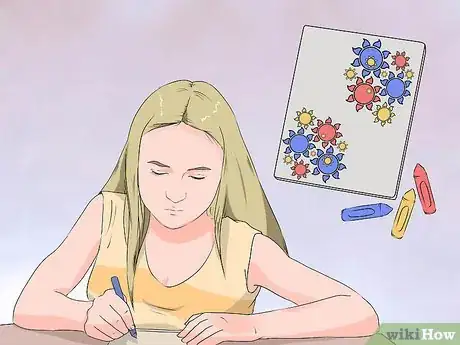
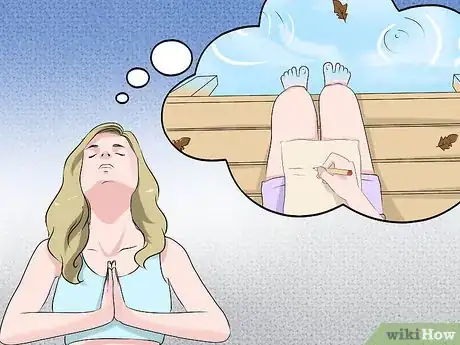

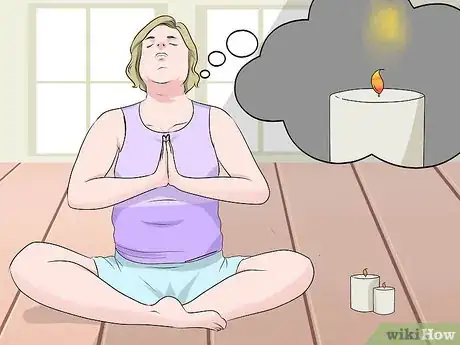
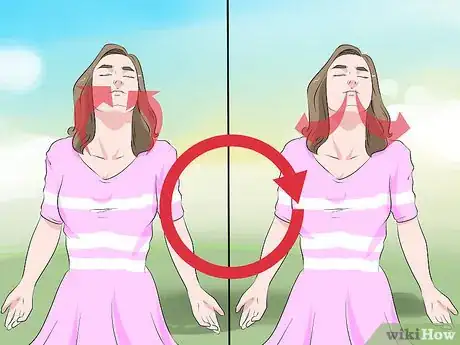

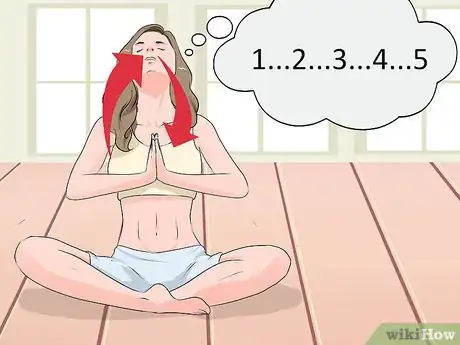

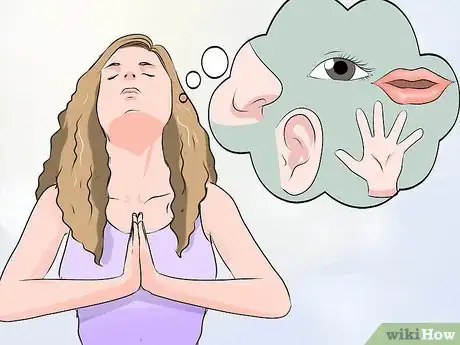
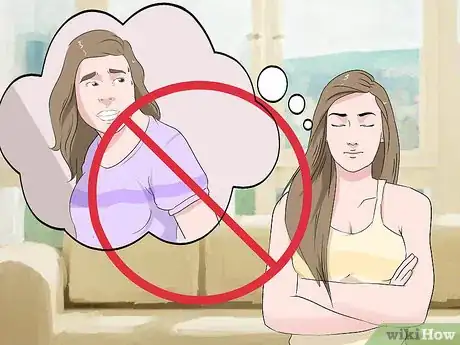
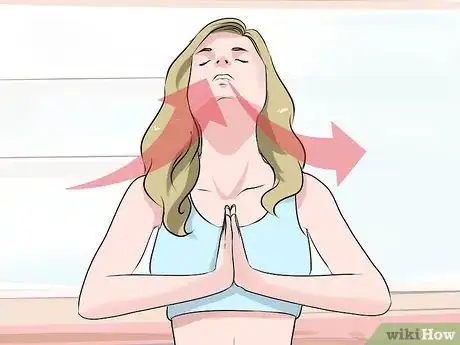
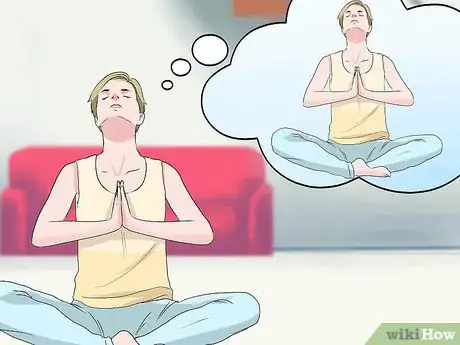
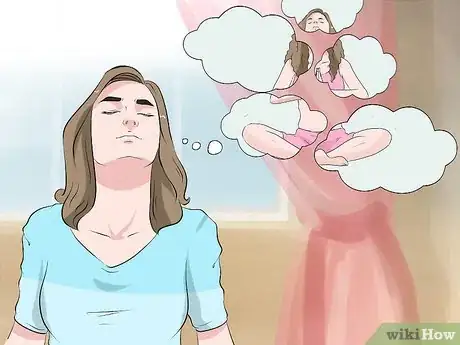
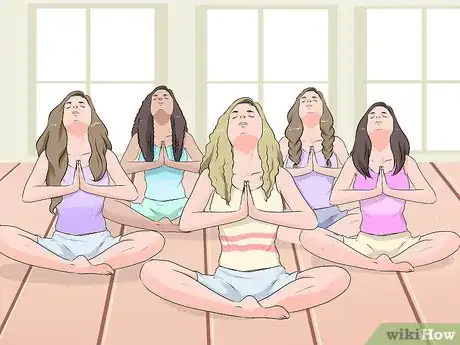
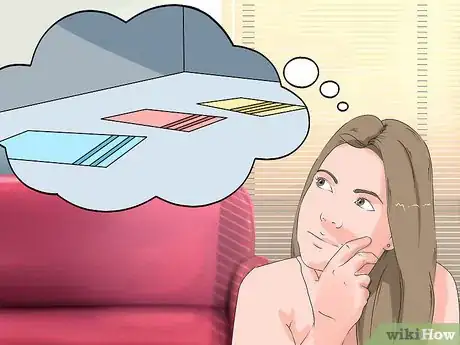
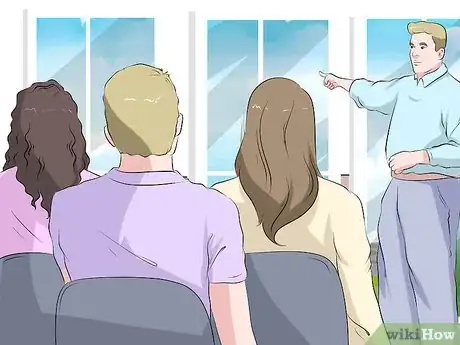
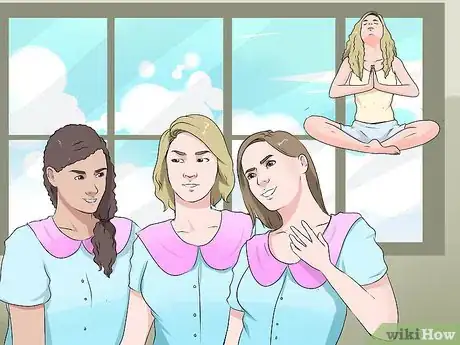


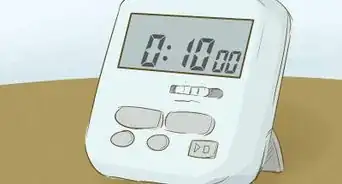
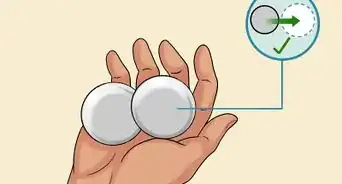

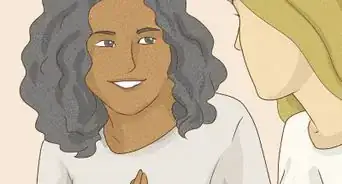
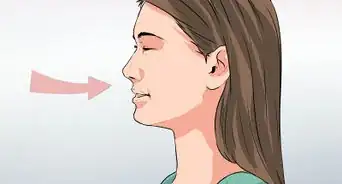



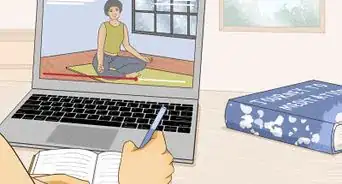
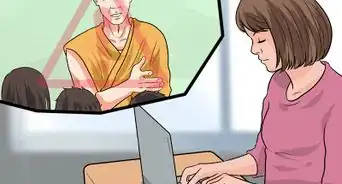
-Step-7-Version-2.webp)
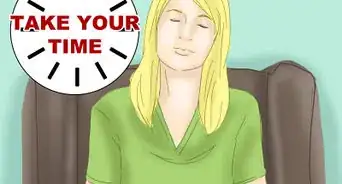













































Medical Disclaimer
The content of this article is not intended to be a substitute for professional medical advice, examination, diagnosis, or treatment. You should always contact your doctor or other qualified healthcare professional before starting, changing, or stopping any kind of health treatment.
Read More...